UK Designer Spotlight: Ryan Sorrell’s DIY Clamp Table
A second look this week at UK’s New Designers show reveals a clever invention by Kingston University‘s Ryan Sorrell. Clamp Table is not a table by any definition of the word. Instead, it gives anyone the possibility of creating a table—if one can simply find a flat surface of any kind. The possibilities for Clamp Table are great: from leftover construction plywood to discarded dumpster finds, anybody can craft a functional table. Sorrell’s universal table legs are easily attached to any flat surface using a clamp mechanism.
Clamp Table. Designed by Ryan Sorrell.
The effect of the product is so far-reaching and yet amazingly singular. Essentially, people the world over can use Clamp Table to create one-of-a-kind furniture. Desks, dining tables, and drafting tables can pop up out of repurposed materials—the green possibilities make Sorrell trend-savvy. But think of the options for the cheap! Student or miser might attach Clamp Table’s legs to virtually anything (flatness being a rather broad requirement). Sorrell’s chosen green also adds a pop of color (as well as an ecological metaphor). It echoes the verdant grassiness of Roex’s Batsenmeubel.
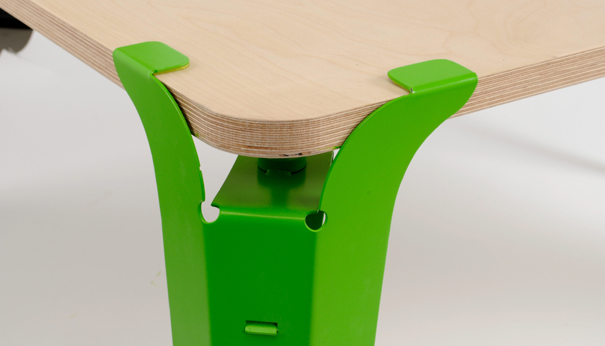
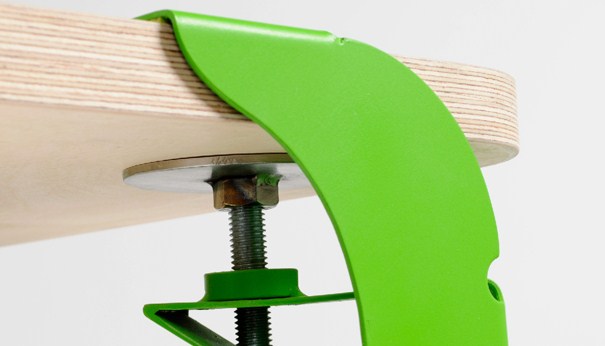
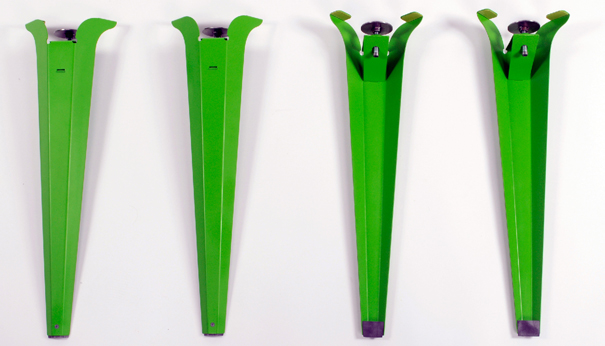
Sorrell’s own website advertises the young designer’s charm: a brief biography informs readers that he is “confident in many areas of design”—not exactly narcissistic but somewhat sweet in its eagerness (am I reading too much into this?). A look at another of his products reveals his versatility. Sorrell has also conceived of a remote control that shifts the very way we flip channels: “Remotion utilizes the much more satisfying movements of dials and gestures to operate functions on the television.” Both of these items prove that Sorrell is a designer who likes to redefine rather than accommodate: he is an iconoclast out to violate the very paradigms of design.

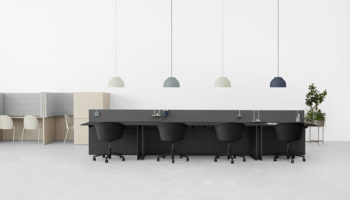
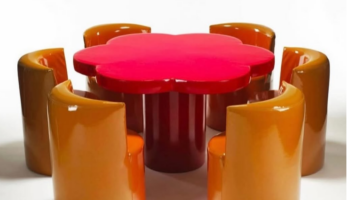

Leave a Reply